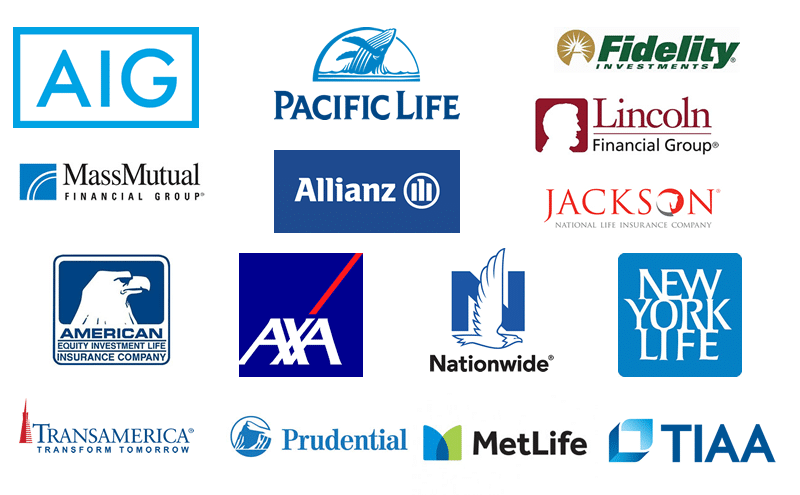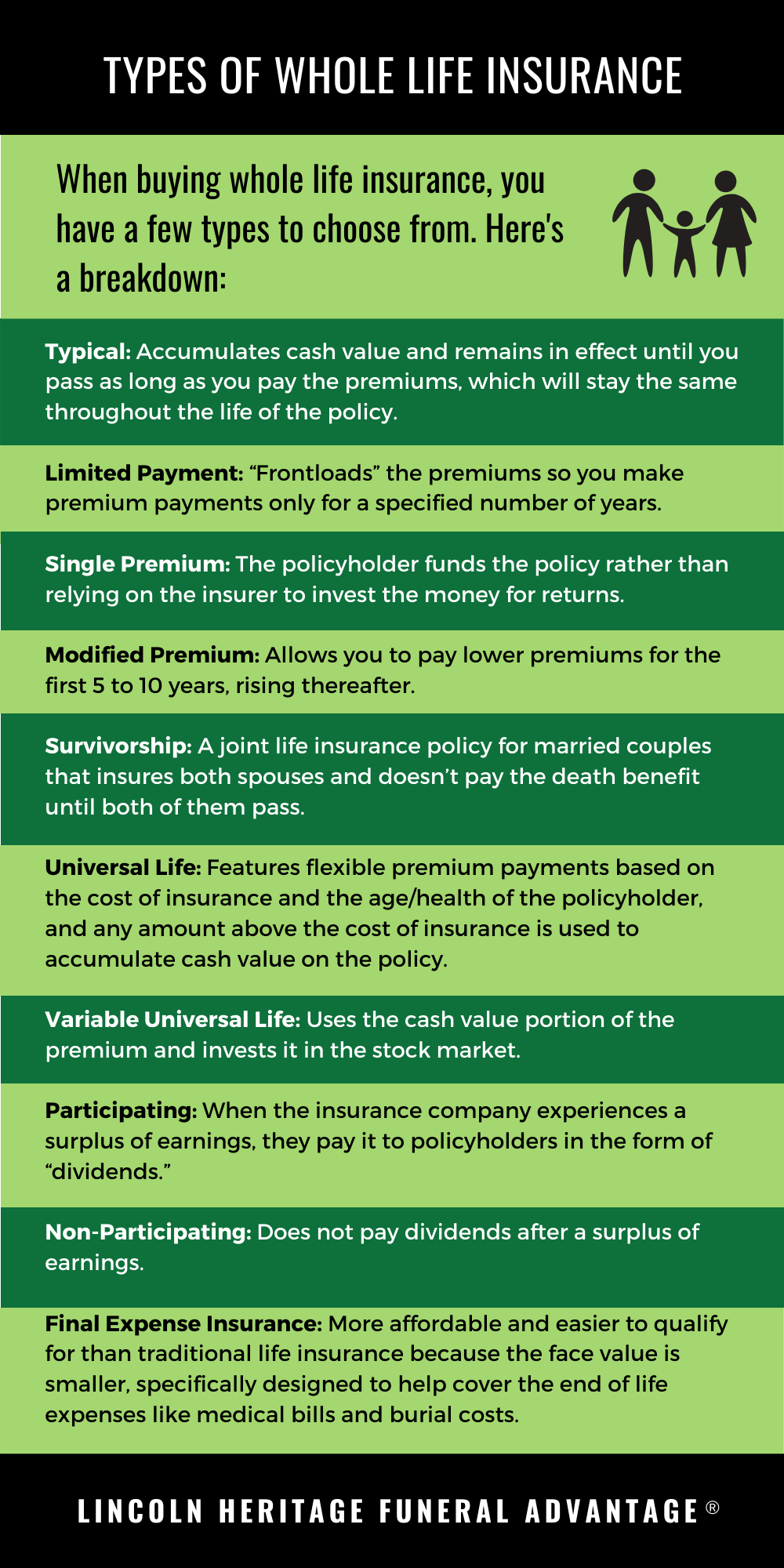Car Accident Reimbursement
Oh, boy! Well, you’re in luck! If you’ve recently been involved in a car accident, you may be wondering what your options are for recovering the costs of your medical bills, property damage, and other expenses. One option is to file a claim with your own insurance company. However, if the accident was caused by someone else’s negligence, you may also be able to seek reimbursement from the at-fault driver’s insurance company. This process is known as car accident reimbursement, and it can be a complex one.
Understanding Car Accident Reimbursement
The process of car accident reimbursement can vary depending on the state in which you live. In general, however, you will need to provide the insurance company with documentation of your expenses, such as medical bills, repair estimates, and lost wages. You will also need to provide a statement of the facts of the accident. The insurance company will then review your claim and determine whether you are eligible for reimbursement.
If you are eligible for reimbursement, the insurance company will typically send you a check for the amount of your expenses. In some cases, the insurance company may also reimburse you for your pain and suffering. The amount of reimbursement you receive will depend on the severity of your injuries, the extent of your property damage, and the policy limits of the at-fault driver’s insurance policy.
If you are not satisfied with the amount of reimbursement you receive, you may have the option of filing a lawsuit against the at-fault driver. However, this can be a time-consuming and expensive process, so it is important to weigh the pros and cons carefully before making a decision.
Car Accident Reimbursement: A Guide to Getting Your Expenses Covered
Were you involved in a car accident that wasn’t your fault? Here’s a comprehensive guide to help you file a claim and get reimbursed for your accident-related expenses. After a car accident that’s not your fault, you might be wondering how and where you can be reimbursed for your expenses. The good news is you may be able to recoup some of those costs. Read on to learn what you need to know about car accident reimbursement.
Filing a Claim
After a car accident, you should report the accident to your insurance company as soon as possible. When reporting the accident, be sure to provide as much detail as possible, including the date, time, and location of the accident, as well as the names and contact information of the other drivers involved.
Once you’ve reported the accident, you’ll need to gather evidence to support your claim. This evidence may include photos of the damage to your vehicle, a copy of the police report (if there was one), and medical records if you were injured.
Once you have gathered all of the necessary evidence, you can submit a claim form to your insurance company. The claim form will ask for information about the accident, as well as your contact information and policy number.
Additional Tips for Filing a Claim
- Keep a record of all expenses related to the accident.
- Be prepared to provide documentation for your expenses.
- Follow up with your insurance company regularly to check on the status of your claim.
- Be patient. It may take some time for your claim to be processed and approved.
Car Accident Reimbursement: Getting Back on Your Feet After an Accident
If you’ve been in a car accident that wasn’t your fault, you may be wondering how you’re going to pay for all the damages. Well, you might be in luck! Car accident reimbursement can help you cover the costs of your medical bills, lost wages, property damage, and even pain and suffering.
Eligible Expenses
So, what kinds of expenses are covered by car accident reimbursement? Let’s break it down:
-
Medical Bills: This one’s a no-brainer. If you’ve been injured in an accident, your medical expenses are likely to be covered. This includes everything from doctor’s visits to hospital stays to physical therapy.
-
Lost Wages: If you’ve had to miss work because of your injuries, you may be able to get reimbursed for your lost wages. This can help you make ends meet while you’re recovering.
-
Property Damage: If your car was damaged in the accident, you can get reimbursed for the repairs or replacement. This also includes any other personal property that was damaged, like your phone or laptop.
-
Pain and Suffering: This one can be a little trickier to get reimbursed for, but it’s worth a shot. Pain and suffering refers to the physical and emotional distress you’ve experienced as a result of the accident.
Getting Reimbursed
Now that you know what expenses are covered, let’s talk about how to get reimbursed. The first step is to file a claim with your insurance company. They will investigate the accident and determine if you’re eligible for reimbursement. If you are, they’ll send you a check for the amount of your claim.
If your insurance company denies your claim, don’t give up! You can still try to get reimbursed through the other driver’s insurance company. You can also file a lawsuit against the other driver.
Tips for Getting Reimbursed
Here are a few tips to help you get reimbursed for your car accident expenses:
- Be prepared to provide documentation. This includes medical records, bills, and proof of lost wages.
- Be patient. It can take time to get reimbursed for your expenses.
- Don’t give up! If you’re denied reimbursement, don’t give up. You can still try to get reimbursed through the other driver’s insurance company or by filing a lawsuit.
Car Accident Reimbursement: A Guide to Maximizing Your Recovery
After a car accident, you’re often left with medical bills, lost wages, and emotional distress. Recovering compensation from the at-fault driver’s insurance company can help you get back on your feet. However, navigating the insurance process can be complex and overwhelming.
That’s where car accident reimbursement comes in. Reimbursement can cover a wide range of expenses, including medical bills, lost wages, property damage, and pain and suffering. By understanding the ins and outs of reimbursement, you can maximize your recovery and get the compensation you deserve.
Filing Your Claim
The first step in obtaining reimbursement is to file a claim with the at-fault driver’s insurance company. You can do this by calling the company directly or through your own insurance company. Be sure to provide as much detail as possible about the accident, including the date, time, location, and a description of the injuries you sustained.
The insurance company will then investigate your claim and determine if you are eligible for reimbursement. If you are eligible, the company will make an offer to settle your claim. This offer may be less than what you deserve, so it’s important to consider your options before accepting it.
Negotiation and Settlement
If you’re not satisfied with the insurance company’s offer, you can negotiate for a higher settlement. This is where an attorney can be invaluable. Attorneys have the experience and expertise to negotiate with insurance companies on your behalf and maximize your recovery.
When negotiating with an insurance company, it’s important to be firm but fair. Don’t be afraid to stand your ground, but also be willing to compromise. The goal is to reach a settlement that is fair to both parties.
Settlements are not always easy to reach. Sometimes, you may have to go through a legal process known as arbitration or litigation. However, if you’re determined to get the compensation you deserve, it’s worth considering these options.
Additional Options
If you’re having trouble obtaining reimbursement from the at-fault driver’s insurance company, you may have other options. You can file a claim with your own insurance company under your uninsured or underinsured motorist coverage. You can also file a lawsuit against the at-fault driver.
Deciding which option is right for you will depend on your specific circumstances. It’s important to weigh the pros and cons of each option before making a decision.
Car Accident Reimbursement: A Comprehensive Guide
Getting reimbursed for expenses incurred following a car accident can be a complex process. However, staying informed about your rights and the available options can empower you to seek fair compensation. This comprehensive guide delves into various aspects of car accident reimbursement, offering valuable information to help you navigate the complexities.
Insurance Claims
In most cases, pursuing car accident reimbursement begins with filing a claim with your insurance company. Documenting the accident, gathering evidence, and providing detailed descriptions are crucial. Your insurer will investigate the claim and determine coverage and reimbursement eligibility. Understanding your policy’s provisions, including deductibles and coverage limits, is essential.
Negotiations
If the initial settlement offer from the insurance company falls short of your expectations, negotiations may be necessary. Presenting evidence to support your expenses, such as medical bills, repair invoices, and lost wages, can strengthen your position. Consider seeking legal advice or consulting with consumer protection agencies for guidance during negotiations.
Lawsuits
If negotiations fail, filing a lawsuit may be necessary to pursue legal action and recover damages. This involves initiating a legal proceeding where you become the plaintiff and the responsible party becomes the defendant. The legal process includes gathering evidence, building a case, and presenting it in court. It’s important to understand the statute of limitations, which sets a time limit for filing a lawsuit, and consult with an experienced car accident attorney to discuss your legal options.
Subrogation
After you receive reimbursement for your expenses, your insurance company may exercise its right of subrogation. This means they can pursue reimbursement from the at-fault driver’s insurance company. The subrogation process ensures that the at-fault party is held accountable and that your insurance company recovers the funds they paid out to you.
Legal Representation
Seeking legal representation can significantly enhance your chances of obtaining fair reimbursement. An experienced car accident attorney can guide you through the complexities of the legal process, advise you on your rights, and negotiate with insurance companies on your behalf. They can also evaluate your case and determine the potential for a lawsuit or settlement. Hiring an attorney can provide peace of mind and ensure that your interests are protected throughout the reimbursement process.
Car Accident Reimbursement: What You Need to Know
In the aftermath of a car accident, you may be entitled to reimbursement for medical expenses, lost wages, and other damages. Navigating the reimbursement process can be complex, but understanding your rights and the steps to follow can make it smoother.
Who Is Responsible for Reimbursement?
If another driver’s negligence caused your accident, you can file a claim with their insurance company to cover damages. In some cases, you may also be able to file a claim with your own insurance company, even if you are at fault for the accident.
Statute of Limitations
Each state has a specific time limit, known as the statute of limitations, within which you must file a car accident claim. Deadlines vary significantly, from a few months to several years, so it’s crucial to act promptly to preserve your rights.
Damages You Can Recover
The amount of reimbursement you can receive depends on the severity of your injuries and the damages you have suffered. Common types of damages include:
- Medical expenses
- Lost wages
- Pain and suffering
- Property damage
Gathering Evidence
To support your claim, it’s essential to gather evidence that proves the other driver’s negligence and the extent of your damages. This may include:
- Police reports
- Medical records
- Witness statements
- Photos of the accident scene
Negotiating a Settlement
Most car accident claims are settled out of court through negotiations with the insurance company. It’s crucial to be prepared and to consult with an attorney if you have any questions or concerns about the settlement amount.
Avoid Costly Mistakes
To ensure a successful car accident reimbursement, it’s vital to avoid certain pitfalls:
-
Not filing a claim promptly
Deadlines can pass quickly, so it’s crucial to file a claim as soon as possible after the accident. -
Failing to gather evidence
Without solid evidence, it can be challenging to prove your case. Collect everything you can to support your claim. -
Accepting a lowball settlement
Insurance companies may try to settle for less than you deserve. Be prepared to negotiate and consult with an attorney if necessary. -
Not seeking medical attention
Even if your injuries don’t seem severe, it’s essential to seek medical attention. This will help document your injuries and ensure you receive proper care. -
Representing yourself
Car accident claims can be complex. Consider consulting with an attorney who specializes in personal injury law to guide you through the process. -
Your passenger attempted to sue you, too This is where things can get messy, and it’s crucial to understand the legal implications. Passengers can sometimes file lawsuits against drivers, even if they’re related or friends. If you’re in this situation, seek legal advice immediately. Your insurance policy may not cover you in this scenario, and you could end up facing a difficult battle in court. It’s essential to know your rights and take proactive steps to protect yourself from such claims.




Leave a Reply